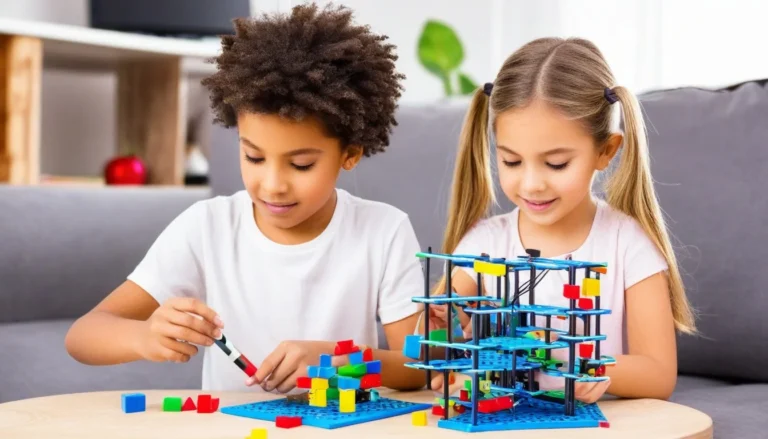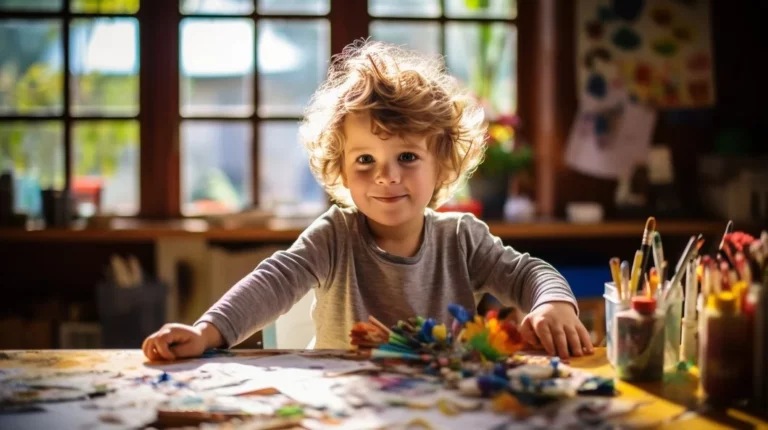Looking for a way to enjoy quality time without screens? Try engaging in DIY STEM board games. These games provide the perfect opportunity to connect, communicate, and strengthen relationships. They also offer a fun and stress-free way to develop skills and knowledge.
If you’re tired of feeling “bored,” why not switch to a “board game”? You can experiment with gravity, magnetism, and kinetics through engaging STEM games. These games enhance the visual perception and problem-solving skills of kids. Try out DIY STEM game ideas to boost your knowledge.
Introduction
DIY STEM board games are a great way to bring the family together and have fun. You can combine the joy of board games with the educational benefits of STEM subjects. That’s where DIY STEM board games come in!
By creating your own board game, you can incorporate hands-on learning and make it an exciting experience. You can create your STEM board games using cardboard, paper, and recycled items. These games often include storytelling and role-playing to make learning more fun.
DIY STEM Board Games Activities for Kids
Explore the world of science, technology, engineering, and mathematics (STEM) through engaging DIY board games. These activities foster critical thinking, enhance problem-solving skills, and make learning fun for kids.
Create a Paper Plan
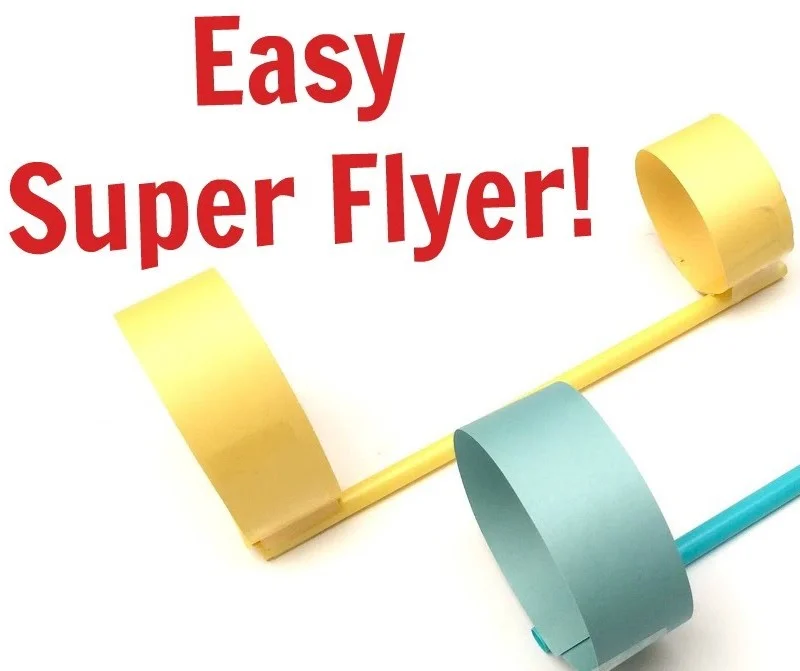
- Materials Needed: Straw, Light card or paper Scissors, and Tape.
- Cut a 20cm strip from the card for the plane’s body. Cut a smaller circle and a bigger circle from the card. The bigger circle should be twice the size of the smaller one. Experiment with different sizes and proportions to find the best flying combination.
- Tape the circles to form loops. Attach the loops to the strip of card, keeping them perpendicular and straight. Experiment with different paper types, straw sizes, and shapes to see how they affect the plane’s flight.
- Try different types of paper and straw sizes. Create your plane designs using different materials. Predict and observe how changes in design affect the plane’s flight.
Craft Stick Catapult DIY
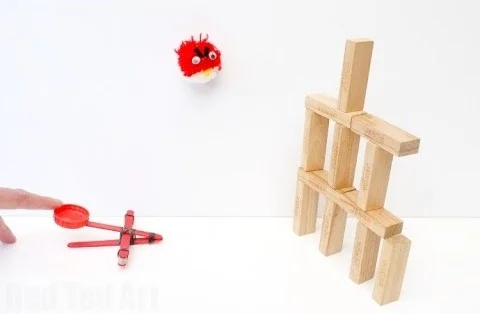
- Gather 8 popsicle sticks and different colored loom bands.
- Stack 4 popsicle sticks together, then add 2 more on top with grooves cut into them to prevent slippage.
- Wrap a loom band around the top to create a springboard.
- Secure the board with more loom bands for strength.
- Optionally, attach a lid or plastic spoon with more loom bands and hot glue to make the catapult bigger.
- Exercise caution when using a sharp knife, and have fun making the catapult!
Pulley Power
Create a board game that introduces players to pulleys and their applications. To make a “Pulley Power” game at home, you can follow these steps:
Materials:
- Cardboard or poster board
- Markers, colored pencils, or paint
- String or yarn
- Small pulleys (can be found at hardware stores)
- Small, lightweight objects (e.g., toy cars, small containers)
- Dice
- Game pieces (e.g., buttons, coins)
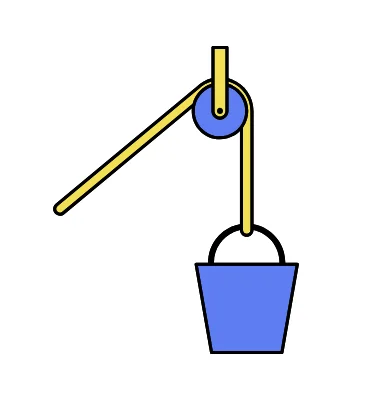
Steps:
- Create and sketch a game board on cardboard with spaces for players to move, including drawings of pulleys and their uses.
- Create cards with challenges or questions related to pulleys, such as lifting weights or explaining how pulleys work.
- Set up a simple pulley system using small pulleys and strings for players to interact with during the game.
- Define game rules for player movement, interaction with the pulley system, and use of game cards.
Circuit Quest
Design a game that teaches players about electrical circuits while navigating board challenges.
Materials:
- Cardboard or poster board
- Markers, colored pencils, or paint
- LED lights
- Batteries
- Wires
- Various circuit components (e.g., switches, resistors)
- Dice
- Game pieces (e.g., buttons, coins)
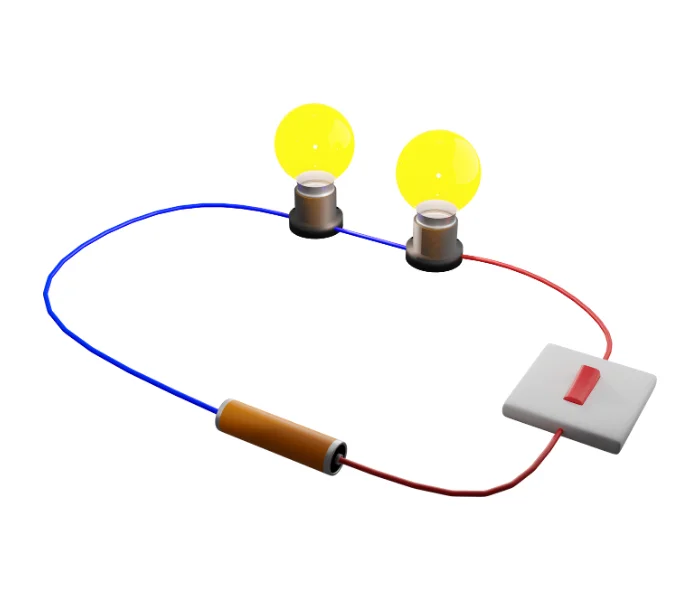
Steps:
- Create the game board on cardboard, with spaces for players to move and pictures of electrical circuits and components.
- Create challenges involving building circuits with LED lights, batteries, and other components.
- Include information about electrical circuits and components in the game or the game cards.
- Create the game’s rules, such as how players can move, interact with the challenges in the circuit, and use the game pieces.
Robotic Board Game
Develop a board game where players build and program virtual robots to complete tasks. The Robotic STEM board game teaches basic robotics and programming principles.
To make a “Robot Rally” game at home, you can follow these steps:
Materials:
- Cardboard or poster board
- Markers, colored pencils, or paint
- Small robot figurines or drawings
- Dice
- Game pieces (e.g., buttons, coins)
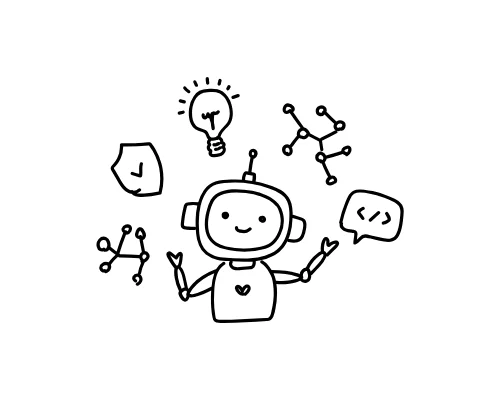
Steps:
- Design the game board on cardboard or poster board with a track for robot movement and spaces for player navigation.
- Create challenges for building and programming virtual robots to complete tasks. Represented by spaces on the board or game cards.
- Introduce basic programming concepts like decision-making and problem-solving into the game.
- Define rules for player robot movement, interaction with challenges, and use of game components.
Examples of DIY STEM Board Games?
Some examples of DIY STEM board games include:
- Build a Simple Circuit Game: Create a DIY game where kids connect components to complete a circuit and light up an LED. This will not only be fun but also educational.
- Create a 3D Puzzle Game: Using cardboard or other materials, you can create a 3D puzzle game. Kids can assemble pieces to form different shapes and objects, making it a fun and engaging activity. This will help them develop their spatial reasoning skills.
- Design a Gravity Maze: Create a gravity maze with paper tubes, marbles, and cardboard. Guide the marble through obstacles using physics and gravity. This will improve your kids’ problem-solving abilities.
- Construct a Coding Game: Create a DIY game for kids to learn coding concepts. They can use Coding to navigate challenges and levels, making it fun and educational. This will teach them valuable skills while also being entertaining.
- Build a Weatherboard Game: Design a board game for learning about weather patterns. Players predict the weather based on provided information, making it a fun way to understand meteorology. This will incorporate elements of science and critical thinking.
- Create an Engineering Challenge: Use popsicle sticks, rubber bands, and paper clips to create an engineering challenge. Kids design and build structures to withstand forces or complete tasks. This will enhance their creativity and engineering skills.
- Create a Math-Based Board Game: Creating a DIY board game can make math more enjoyable. Kids can solve math problems to advance or incorporate different concepts into the gameplay.
- Construct a Biology-Inspired Game: Create a DIY game focusing on biology for kids interested in nature. It can cover animal adaptations or plant life cycles, sparking their curiosity and love for science.
- Design a Chemistry Card Game: Make chemistry fun with a card game featuring chemical elements and reactions. It helps kids familiarize themselves with the periodic table.
- Make a Physics-Based Board Game: Simplify physics concepts like motion, force, and energy for kids with a DIY board game. It encourages critical thinking and real-life application of knowledge.
What Materials Do I Need to Create a DIY STEM Board Game?
To create your own DIY STEM board game, you’ll need a few essential materials:
- Game Board: Materials for the game board could be cardboard or poster board.
- Game Pieces: These can be anything from small toys to everyday objects like buttons or coins. Get creative and choose pieces that fit your game’s theme.
- Dice or Spinners: These determine movement or outcomes in the game. Use regular dice or make your spinners using cardboard and a paperclip.
- Instruction Manual: Create simple and easy-to-understand rules and goals of the game. Make sure to include any special rules or unique mechanics.
- Decorations: Add some flair to your game board with decorations that match your theme. You can use markers, colored pencils, or stickers to bring your game to life.
Make a DIY STEM Board Game Fun and Educational at the Same Time
Tips to make DIY STEM board games Fun and Educational at the Same Time:
- Choose an Appropriate Theme: Select a theme that aligns with STEM subjects, such as space, nature, or engineering. This helps create a context for learning and makes the game more relatable.
- Incorporate STEM Challenges: Design challenges requiring players to apply STEM knowledge and skills. For instance, in a space-themed game, players could solve puzzles to navigate a spaceship or build a rocket.
- Interactive Game Mechanics: Use interactive elements like dice, spinners, or cards to add an element of chance and surprise. This keeps the game exciting and encourages players to think on their feet.
- Collaborative Play: Encourage teamwork by designing games requiring players to collaborate and share their knowledge. This fosters communication and problem-solving skills.
- Real-World Applications: Connect the game to real-world scenarios. Explain how the concepts learned in the game can be applied in everyday life or future careers.
- Visual Aids: Use illustrations, diagrams, or physical components to support learning. Visual aids can help players better understand complex concepts.
- Varied Difficulty Levels: Customize gameplay with different difficulty levels for varied player skills. This ensures that everyone can take part and enjoy the game.

